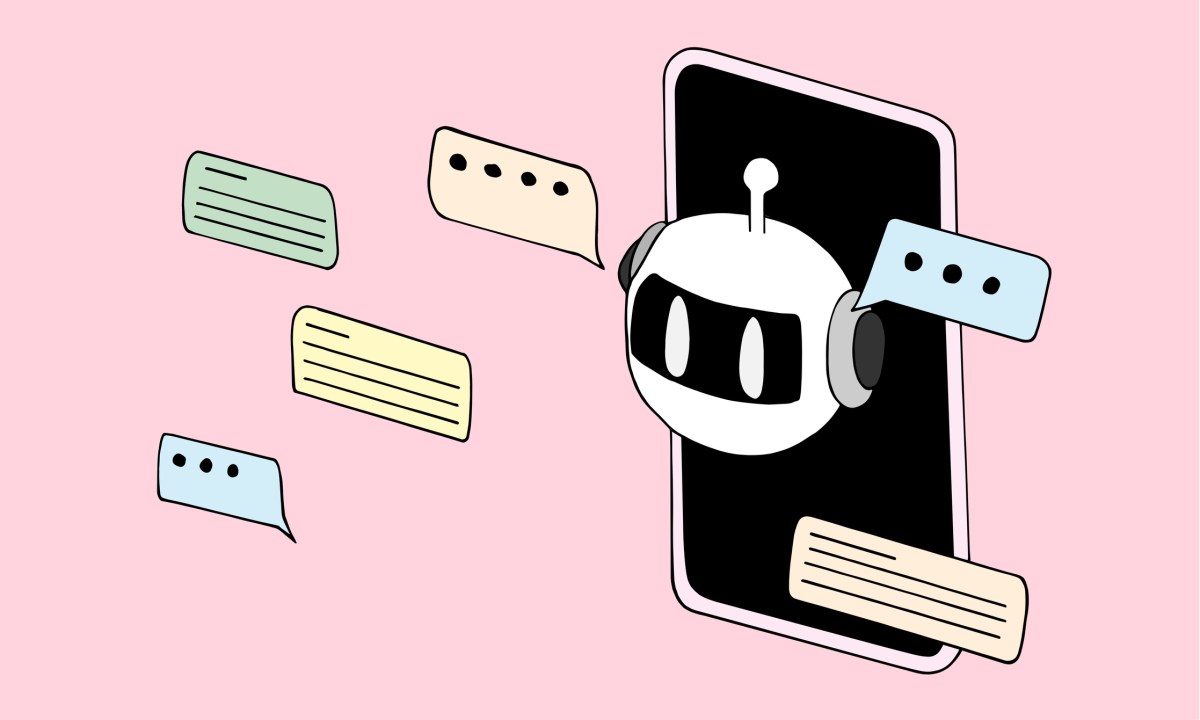LinkedIn has quietly removed those AI-powered prompts that were appearing in the feeds of premium members
Premium LinkedIn users might have sensed recently that their feeds have become a little less cluttered. They’re not imagining things. LinkedIn has quietly removed the AI-powered prompt questions that had been appearing under almost every post for the last several months. The prompts were part of a suite of AI-powered enhancements that LinkedIn announced in November of last year, promising to use the magic of generative artificial intelligence to “meticulously analyze the content within your feed and across job postings, bringing to light pivotal opportunities.” The prompts would frequently appear throughout a person’s feed alongside the gold sparkle icon that has become a ubiquitous symbol for AI. But the questions tended to be generic, sometimes comically so, with queries that were only vaguely related to the accompanying post, such as a prompt that asked “What can I gain from pumpkin spice?” in response to a post about the kickoff of pumpkin spice season. Screenshot via LinkedIn Some users complained that there was no apparent way to disable the prompts, meaning premium members were essentially paying for an add-on that did little more than take up valuable real estate in their feeds. Although LinkedIn had promised that the feature would “take on the hard work of parsing through long articles, videos and posts,” clicking the prompts often produced simple AI-generated summaries of the original content. Reached for comment by Fast Company, LinkedIn confirmed that the prompts were removed but said the move was not in response to any specific criticism. “We’re testing various ways to use generative AI to help our members grow in their careers, gathering feedback to improve and invest where it matters most,” LinkedIn spokesperson Suzi Owens said in an email. “We’ve removed the insights on feed posts, as we continue to test and learn, but members can still use our AI-powered tools on the jobs home page to get personalized insights, like how to build a network, position yourself for a job, or learn about a company.” Just because you can . . . LinkedIn, like almost every major social network or online platform, has been eager to roll out generative AI features since the groundbreaking public debut of OpenAI’s ChatGPT almost two years ago. Excitement around artificial intelligence has likewise dominated product releases, earnings calls, and stock market optimism since then. But platforms risk alienating users if they push too aggressively, especially when the AI features they insert detract from—rather than enhance—the core experience. Meta, for example, was criticized earlier this year for flooding its search features with AI chatbots, while Google has been increasingly placing its own AI summaries at the top of search results, a significant pivot that recently caught the attention of Capitol Hill lawmakers who are concerned about its impact on content creators. Perhaps LinkedIn feels the pressure to be AI-forward more than most. Its parent company, Microsoft, which owns a significant stake in OpenAI, has been seen as one of the biggest beneficiaries of the AI boom. LinkedIn recently updated its user agreement, opting-in users to allow the site train its AI on their data. For now, prompt questions continue to feature prominently in LinkedIn job searches, and the platform says users can expect to see AI features incorporated into future experiences too.

Premium LinkedIn users might have sensed recently that their feeds have become a little less cluttered.
They’re not imagining things.
LinkedIn has quietly removed the AI-powered prompt questions that had been appearing under almost every post for the last several months. The prompts were part of a suite of AI-powered enhancements that LinkedIn announced in November of last year, promising to use the magic of generative artificial intelligence to “meticulously analyze the content within your feed and across job postings, bringing to light pivotal opportunities.”
The prompts would frequently appear throughout a person’s feed alongside the gold sparkle icon that has become a ubiquitous symbol for AI. But the questions tended to be generic, sometimes comically so, with queries that were only vaguely related to the accompanying post, such as a prompt that asked “What can I gain from pumpkin spice?” in response to a post about the kickoff of pumpkin spice season.

Some users complained that there was no apparent way to disable the prompts, meaning premium members were essentially paying for an add-on that did little more than take up valuable real estate in their feeds. Although LinkedIn had promised that the feature would “take on the hard work of parsing through long articles, videos and posts,” clicking the prompts often produced simple AI-generated summaries of the original content.
Reached for comment by Fast Company, LinkedIn confirmed that the prompts were removed but said the move was not in response to any specific criticism.
“We’re testing various ways to use generative AI to help our members grow in their careers, gathering feedback to improve and invest where it matters most,” LinkedIn spokesperson Suzi Owens said in an email. “We’ve removed the insights on feed posts, as we continue to test and learn, but members can still use our AI-powered tools on the jobs home page to get personalized insights, like how to build a network, position yourself for a job, or learn about a company.”
Just because you can . . .
LinkedIn, like almost every major social network or online platform, has been eager to roll out generative AI features since the groundbreaking public debut of OpenAI’s ChatGPT almost two years ago. Excitement around artificial intelligence has likewise dominated product releases, earnings calls, and stock market optimism since then.
But platforms risk alienating users if they push too aggressively, especially when the AI features they insert detract from—rather than enhance—the core experience. Meta, for example, was criticized earlier this year for flooding its search features with AI chatbots, while Google has been increasingly placing its own AI summaries at the top of search results, a significant pivot that recently caught the attention of Capitol Hill lawmakers who are concerned about its impact on content creators.
Perhaps LinkedIn feels the pressure to be AI-forward more than most. Its parent company, Microsoft, which owns a significant stake in OpenAI, has been seen as one of the biggest beneficiaries of the AI boom. LinkedIn recently updated its user agreement, opting-in users to allow the site train its AI on their data.
For now, prompt questions continue to feature prominently in LinkedIn job searches, and the platform says users can expect to see AI features incorporated into future experiences too.






















